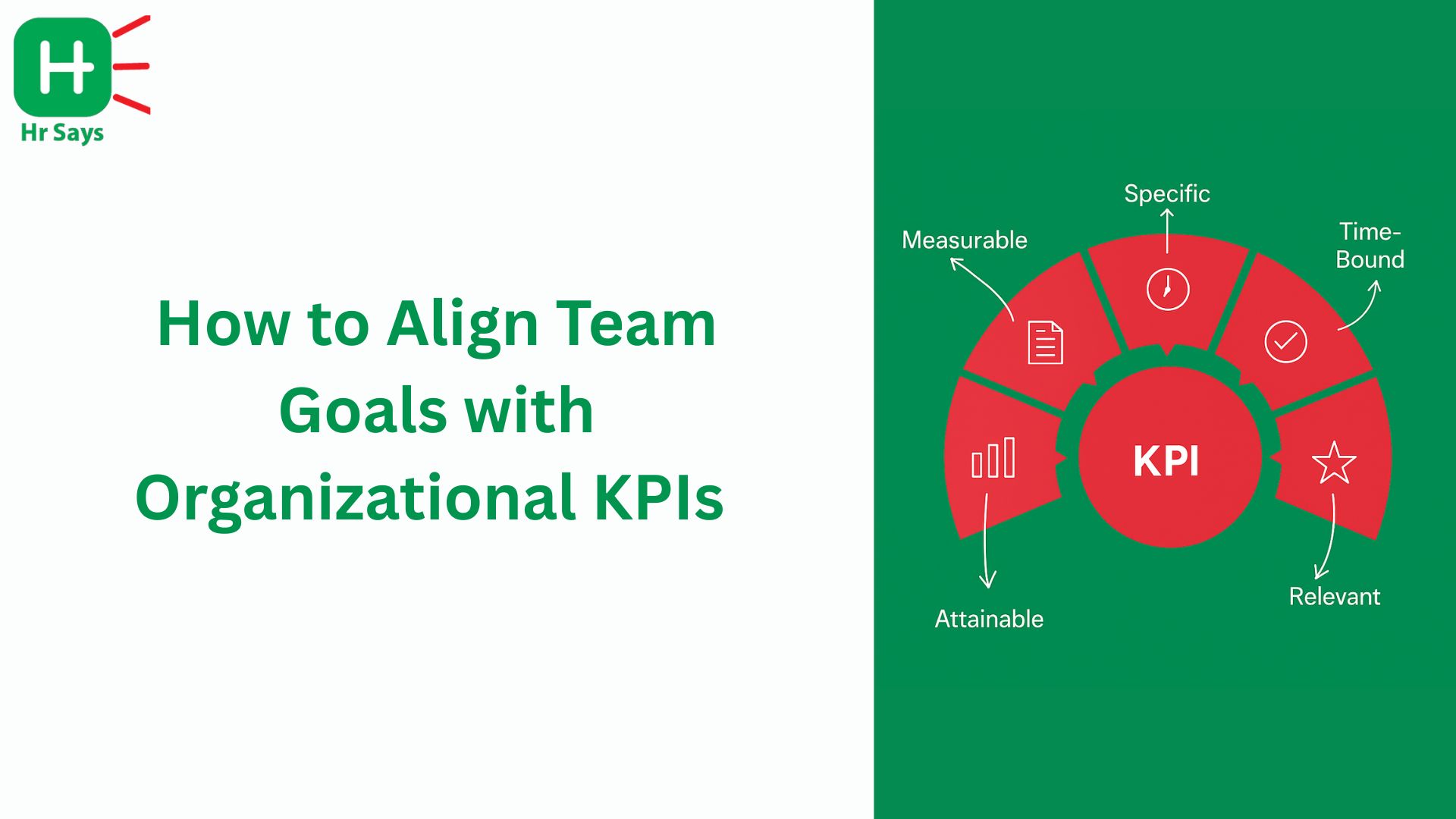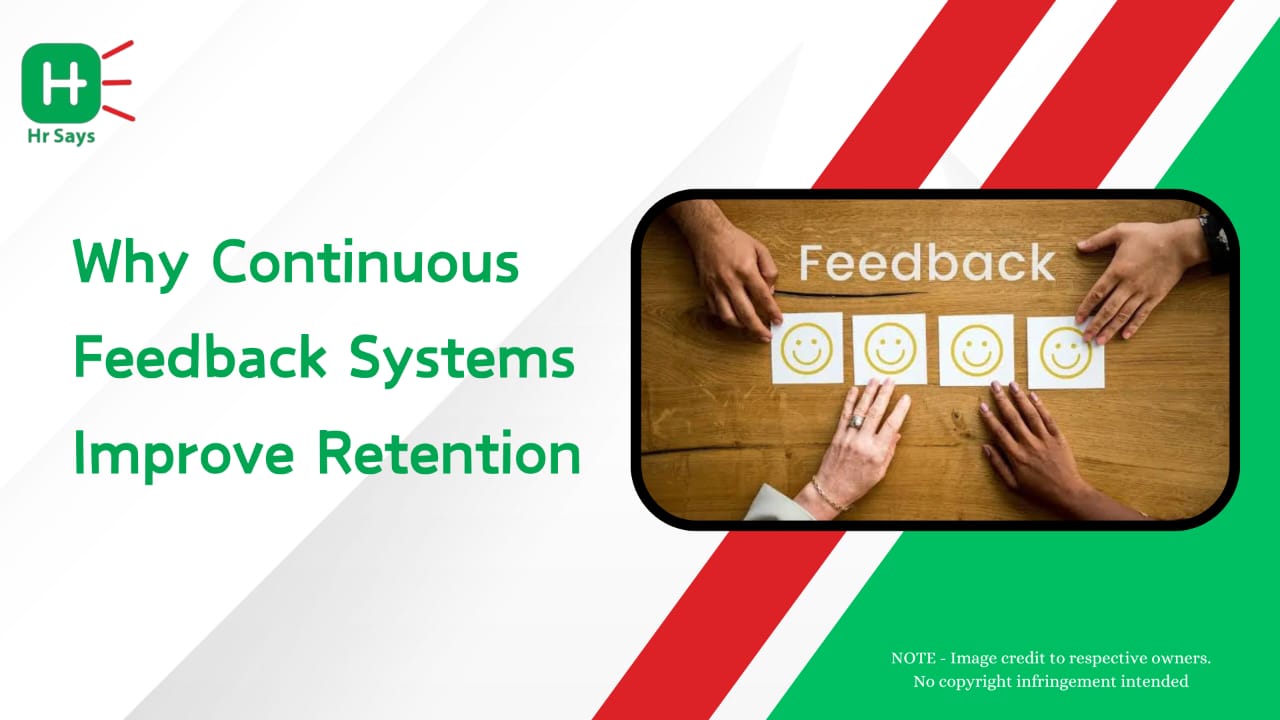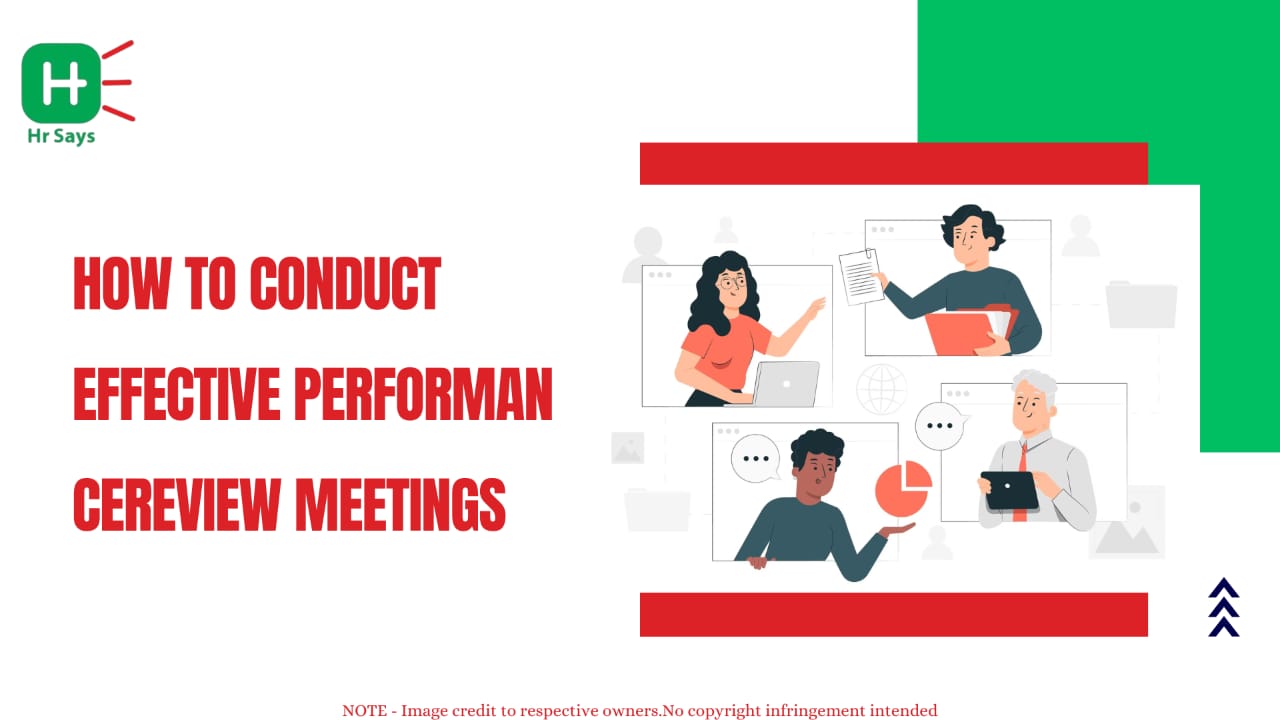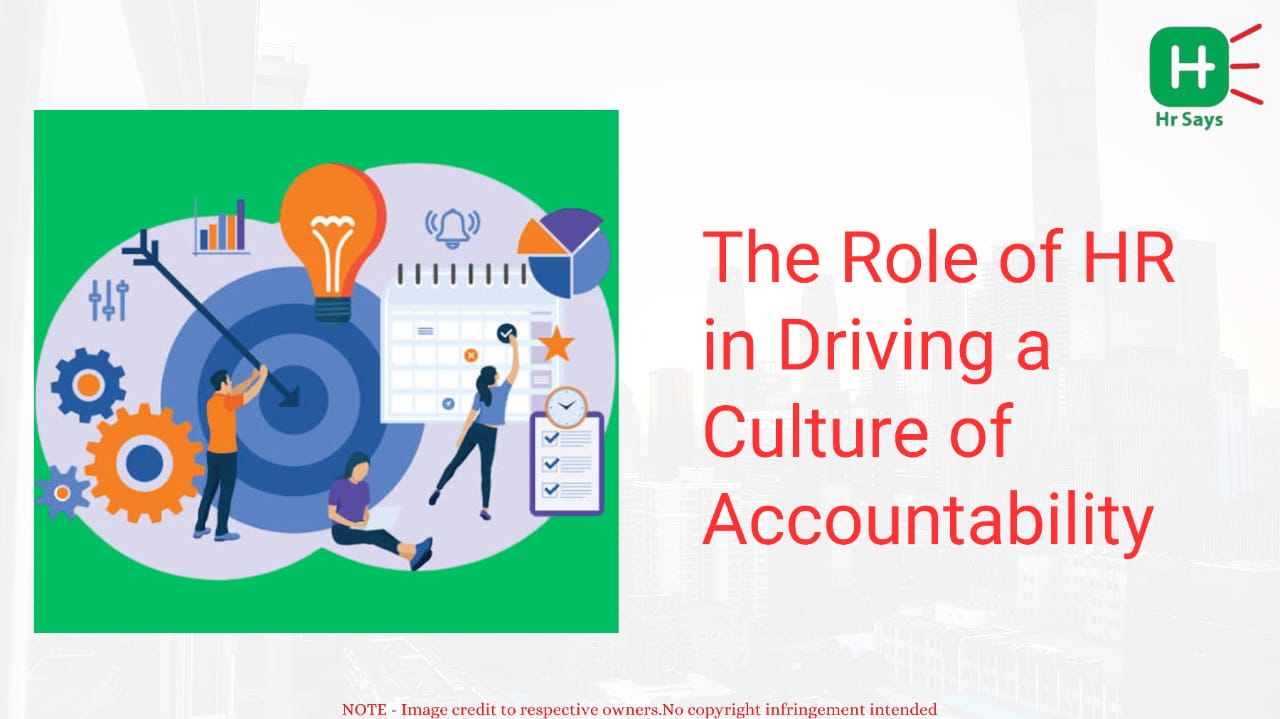It is not simple to establish a working environment in which employees feel appreciated. However, organizations that handle it are able to notice an incredible difference in involvement, allegiance, and results. What must firms do to transition from a conservative climate to an employee-first one?
Why Employee Engagement Matters
The process of employee engagement is something that is disregarded. However, in an environment where the employees are energized, listened to, and advocated for, productivity will go up by default. The recognition, engaging work, and valuing every person encourage engagement. Institutions that empower interactions have reduced turnover and satisfaction.
Prioritizing Employee Well-Being
Employee well-being goes beyond health insurance. Holistic well-being programs that include mental health support, flexible schedules, and stress management initiatives make employees feel cared for. When physical and emotional needs are considered, work-life balance improves.
● Flexible work options enhance productivity
● Wellness programs reduce burnout
● Mental health resources increase resilience
A culture that values well-being demonstrates that employees are more than just workers—they are people.
Transparent Communication Builds Trust
Trust is earned through honesty. Open communication ensures employees are informed and involved. Regular feedback sessions, clear policies, and approachable leadership help employees feel secure. When employees understand decisions and goals, alignment improves.
Recognition and Appreciation
Sincere recognition can transform workplace culture. Small gestures, like acknowledging achievements in team meetings or through internal communication platforms, are effective. Appreciation encourages employees to give their best consistently.
● Celebrate milestones and achievements
● Encourage peer-to-peer recognition
● Link recognition to meaningful contributions
Recognition signals that employees are seen, valued, and integral to the organization’s success.
Investing in Career Growth
Employee-first workplaces emphasize learning and development. Training programs, mentorship opportunities, and clear paths for career advancement boost satisfaction and retention. Employees are motivated when growth is encouraged and supported.
Fostering an Inclusive Workplace
An inclusive workplace promotes belonging. Diversity initiatives and equitable policies ensure all employees feel respected. Inclusive environments attract varied perspectives, enhancing problem-solving and innovation.
Leadership Development that Supports Employees
Leaders shape culture through their actions. Leadership development programs that emphasize empathy, accountability, and support create managers who prioritize their teams. When leaders model these behaviors, employees feel secure and valued.
Measuring Impact and Continuous Improvement
Employee-first cultures are dynamic. Surveys, retention metrics, and performance data reveal what works and what doesn’t. Continuous improvement ensures culture evolves with employee needs and market trends.
Conclusion
Creating an employee-first culture is ongoing. Prioritizing well-being, engagement, recognition, growth, inclusion, and supportive leadership fosters a workplace where employees feel valued
and motivated. Organizations that commit to this approach see long-term loyalty, innovation, and success.
.jpeg)
 An employee-first culture prioritizes engagement, well-being, inclusion, and career growth. By fostering recognition, transparent communication, and supportive leadership, organizations create workplaces where employees feel valued, driving retention, productivity, and long-term success.
An employee-first culture prioritizes engagement, well-being, inclusion, and career growth. By fostering recognition, transparent communication, and supportive leadership, organizations create workplaces where employees feel valued, driving retention, productivity, and long-term success.








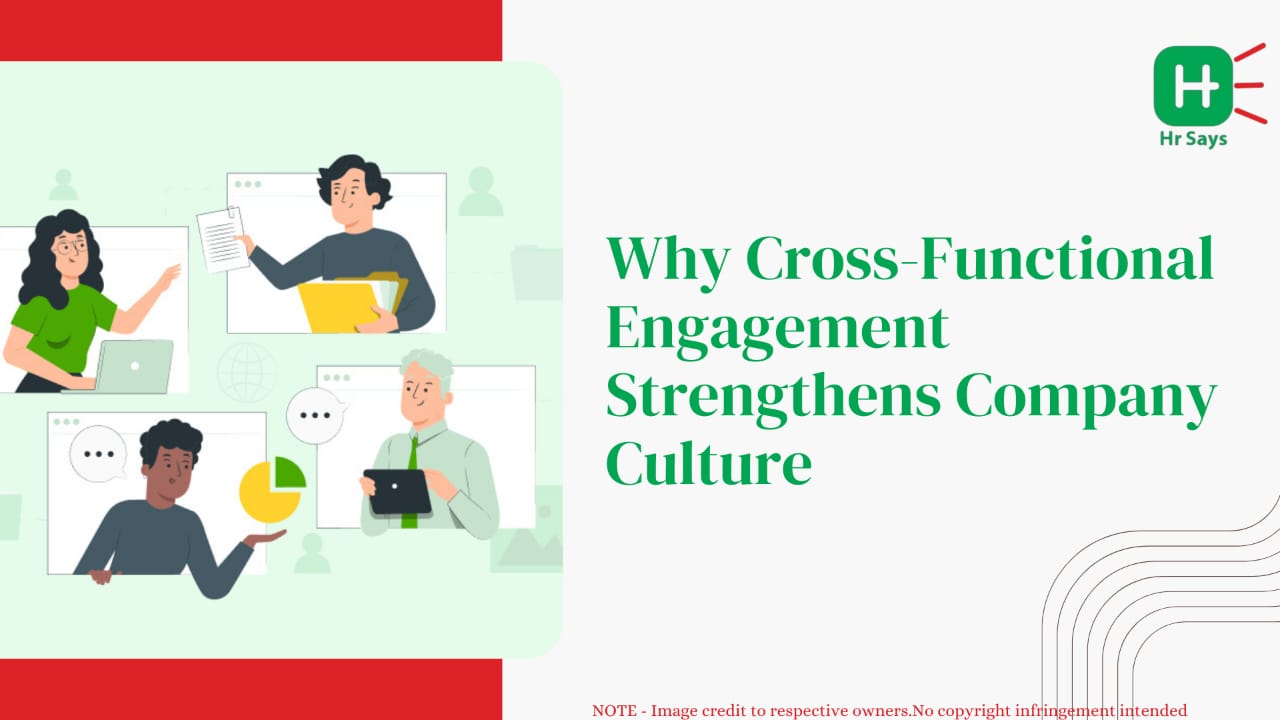
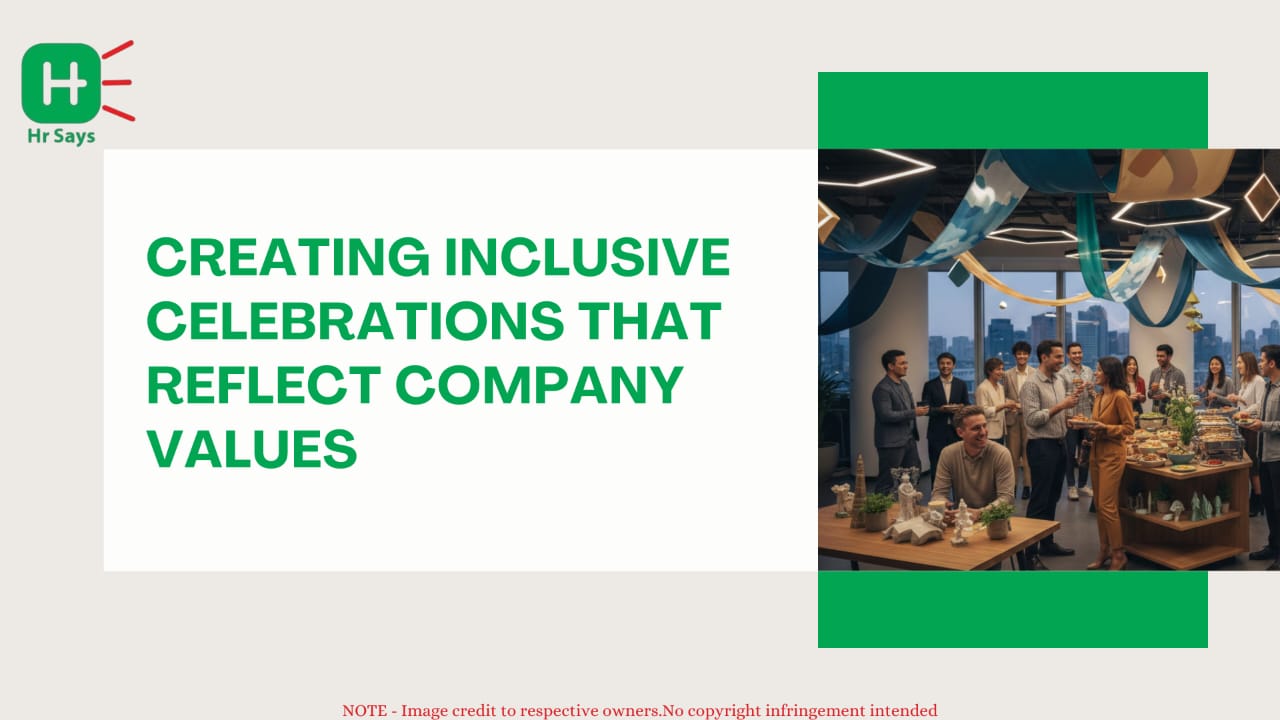
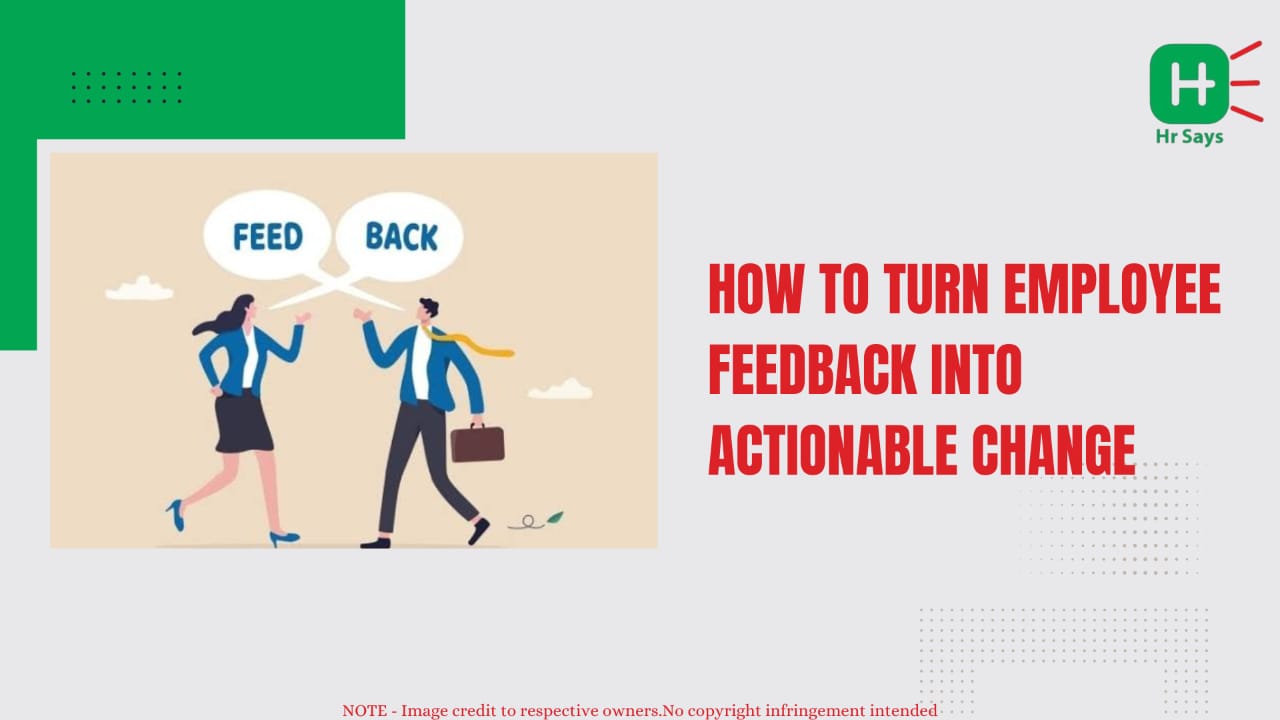
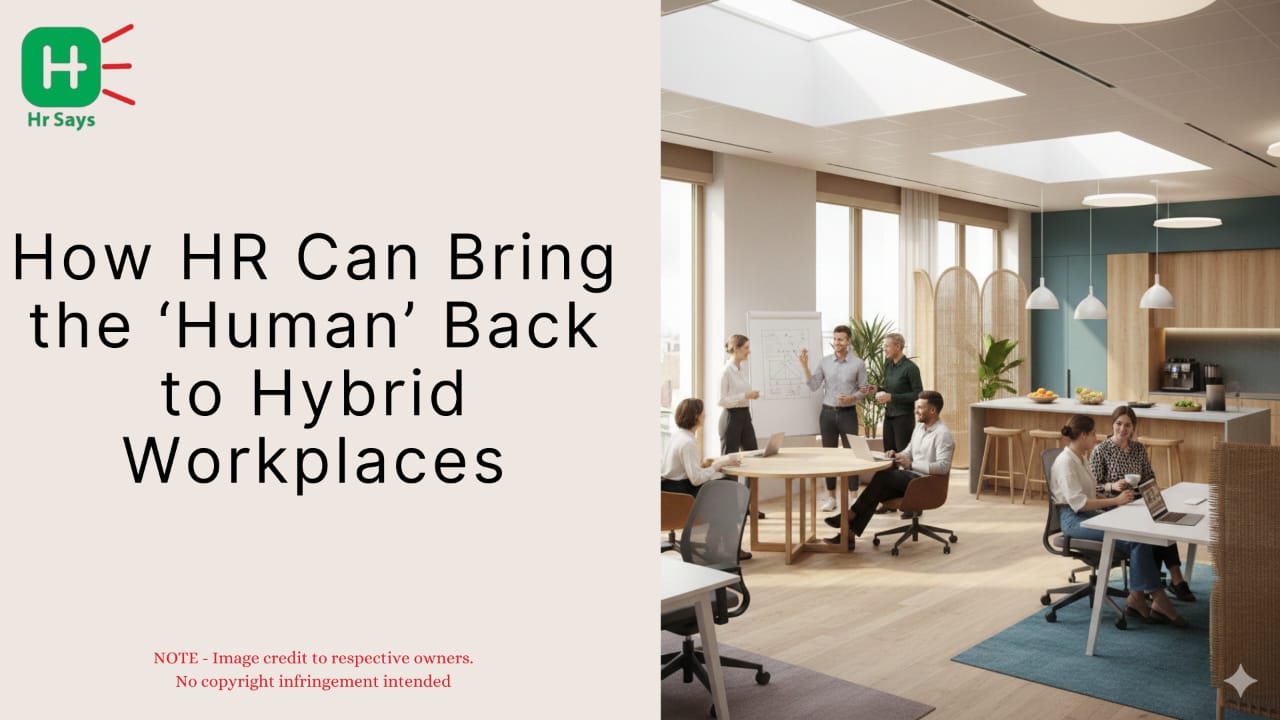
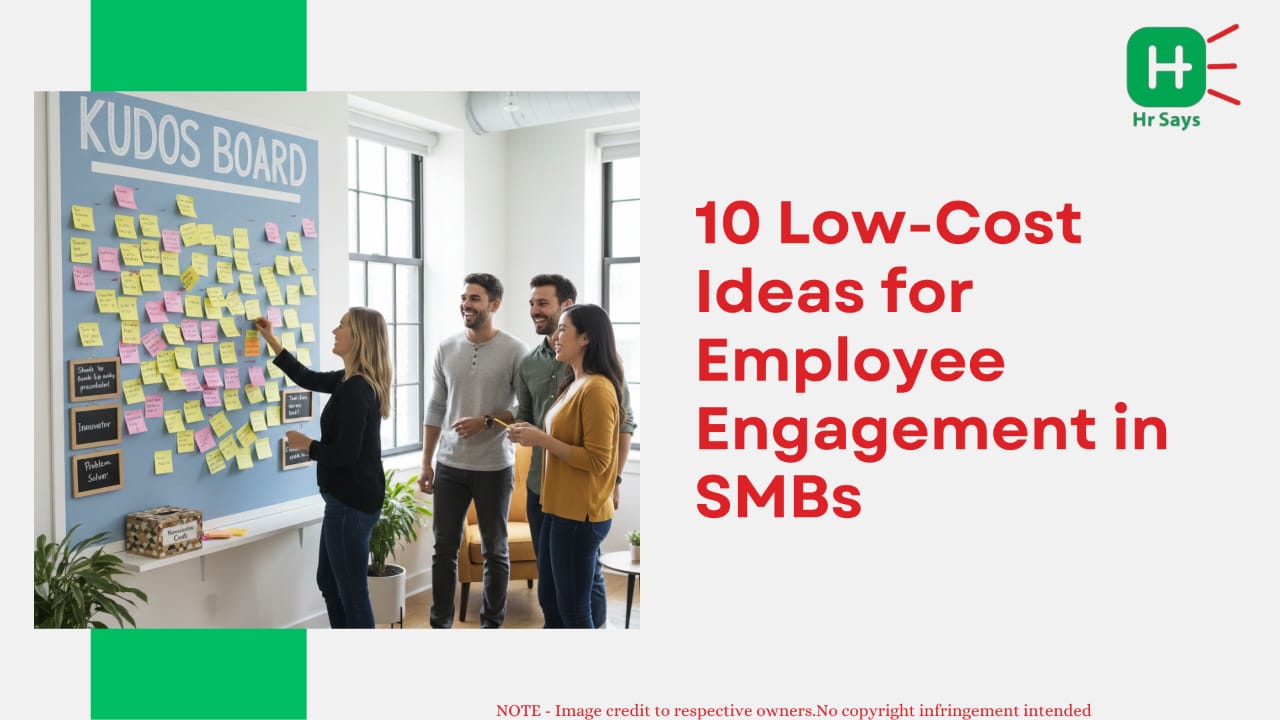
.jpeg)
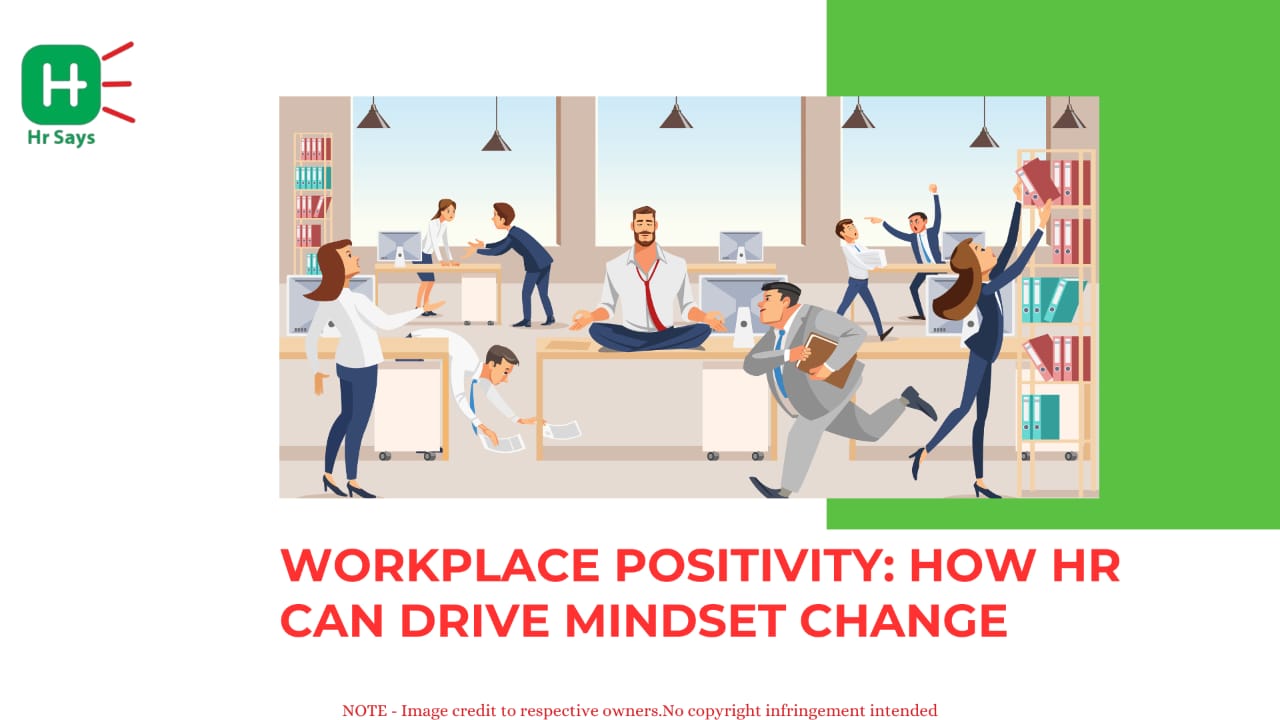


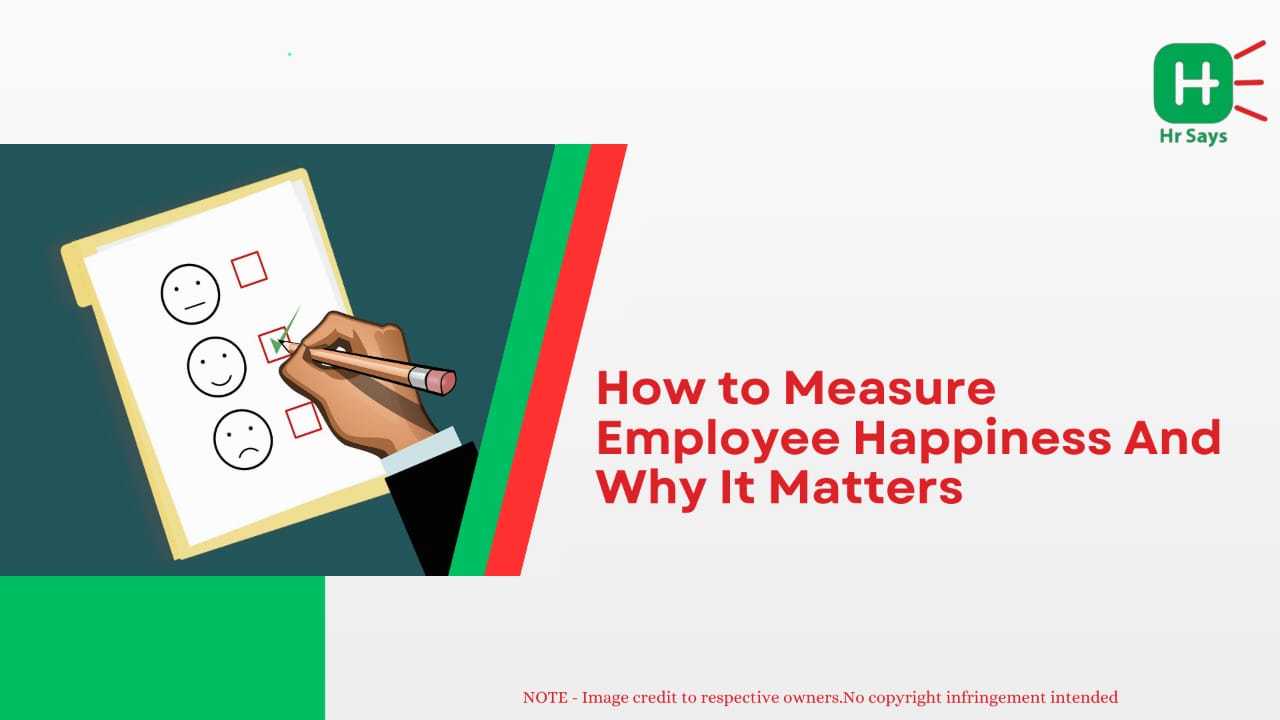

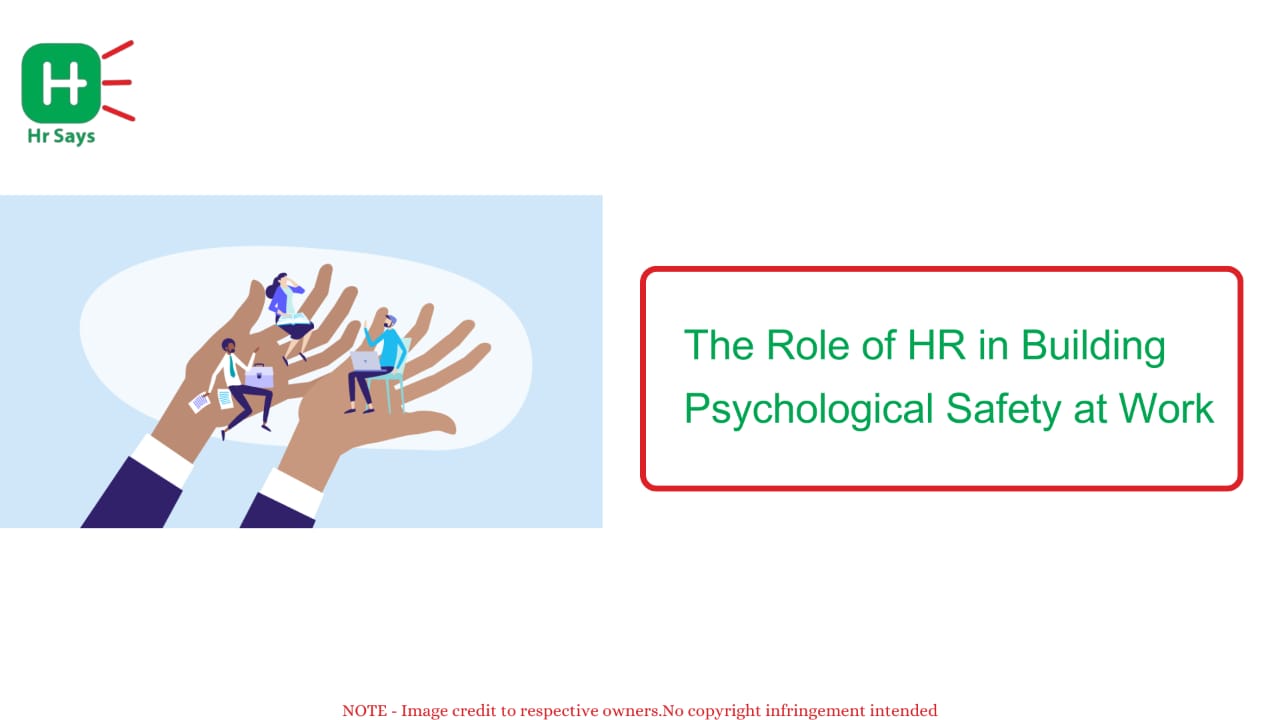
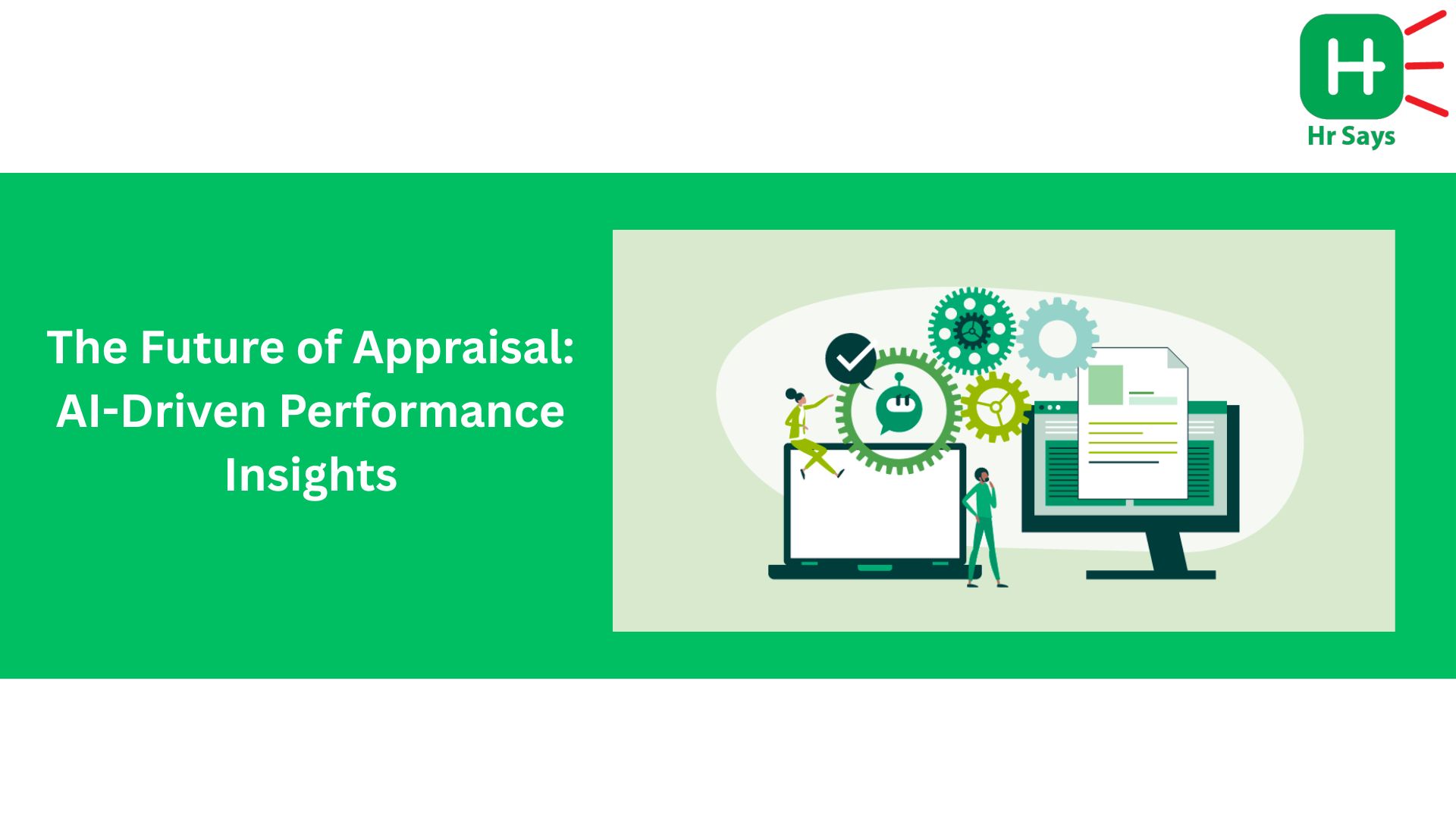
.jpg)
